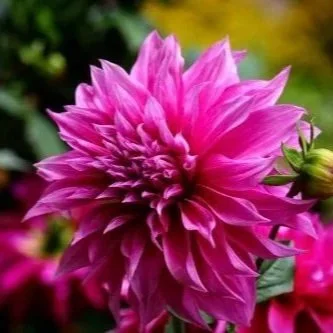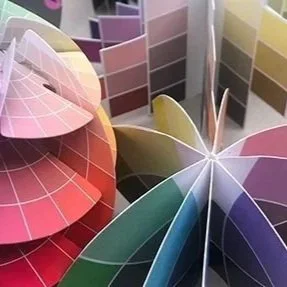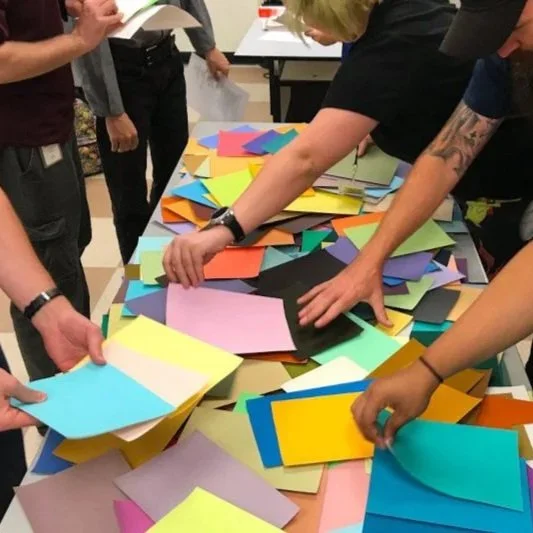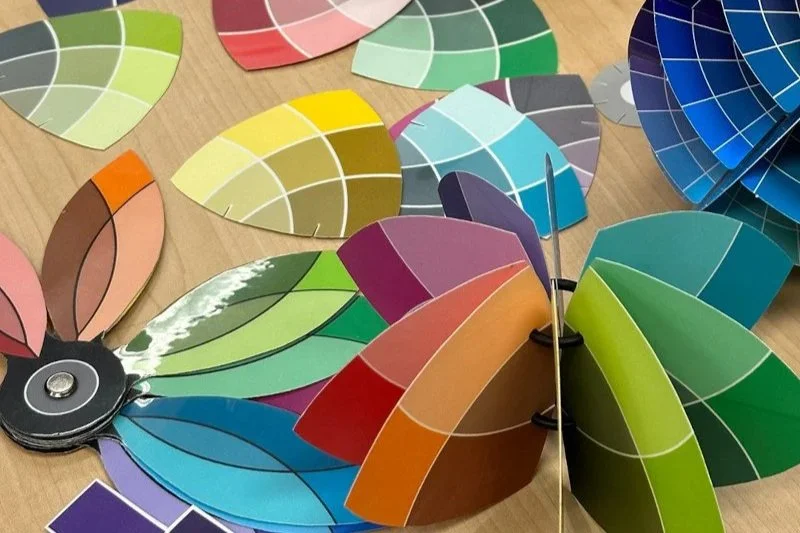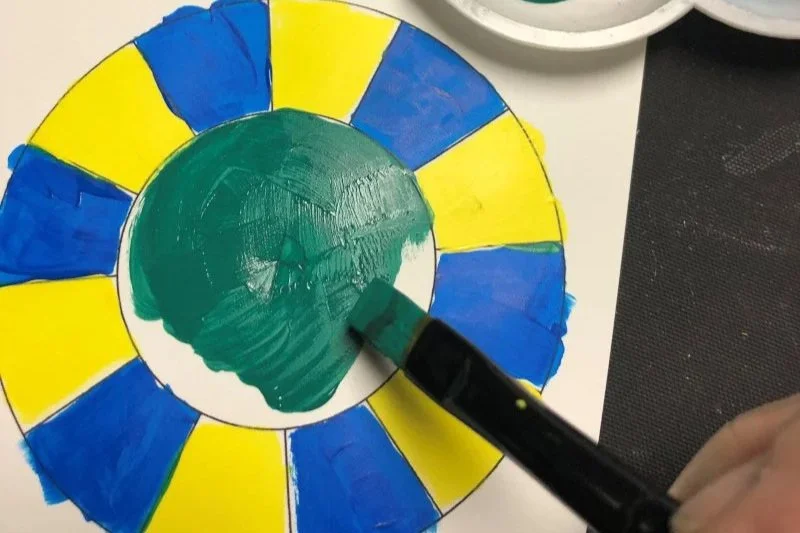Colour Literacy: A new approach to teaching colour
We are in the process of developing a resource site for anyone who teaches about colour. Our new approach frames colour as a meta-discipline, where hands-on explorations of colour encompass the sciences, arts and humanities. Our expanded framework revolves around four Colour Literacy Cornerstones:
Experiencing Colours
from unaware to engaged
Exercises that build awareness of the wonder of colours all around us, and the important roles colours play in our lives.
Describing Colours from hues to
3D models
Exercises that expand colour language beyond 2D hue circles to 3D colour models, and cultivate our visual acuity.
Perceiving Colours from light to
context
Exercises that actively engage and explore the elements of colour perception.
Working with Colours from mixing to storytelling
Exercises that focus on the use of colours across disciplines, and how they can be used as an effective communication tool.
What is
colour literacy?
We have identified ten fundamental concepts, for a universal foundation in colour literacy. These concepts represent essential colour knowledge, and form the basis upon which higher order, discipline-specific knowledge can later be built.
Explore our collection of exercises!
With hands-on colour exercises designed to be free of common misconceptions about colour, this curriculum updates and expands traditional colour theories for use in the 21st century classroom. This new curriculum provides a universal foundation for further explorations of the fascinating field of colour. Click here to access all our exercises.
Please also read our FAQ, for additional background on our approach.
Jump Start
Pathway
If you are new to colour, or want to see what the Colour Literacy Project has to offer, check out our Jump Start Pathway to open your eyes to colour!
ABC Pathway
Colour Fundamentals
BETA TESTING 2026: We are currently beta-testing a collection of exercises for the new colour curriculum. Our goal is to gain insights and feedback related to the exercises’ effectiveness in expanding students' understanding of: 1. The essential role of colour in our lives and 2. The fundamental concepts about colour across disciplines.
The 2026 beta-test curriculum consists a scaffolded ‘ABC’ pathway based on the CLP Cornerstones.
If you are a teacher interested in beta-testing the exercises during the 2026 school year, please fill out this contact form with Beta-Testing in the subject line, so we can connect with you!

